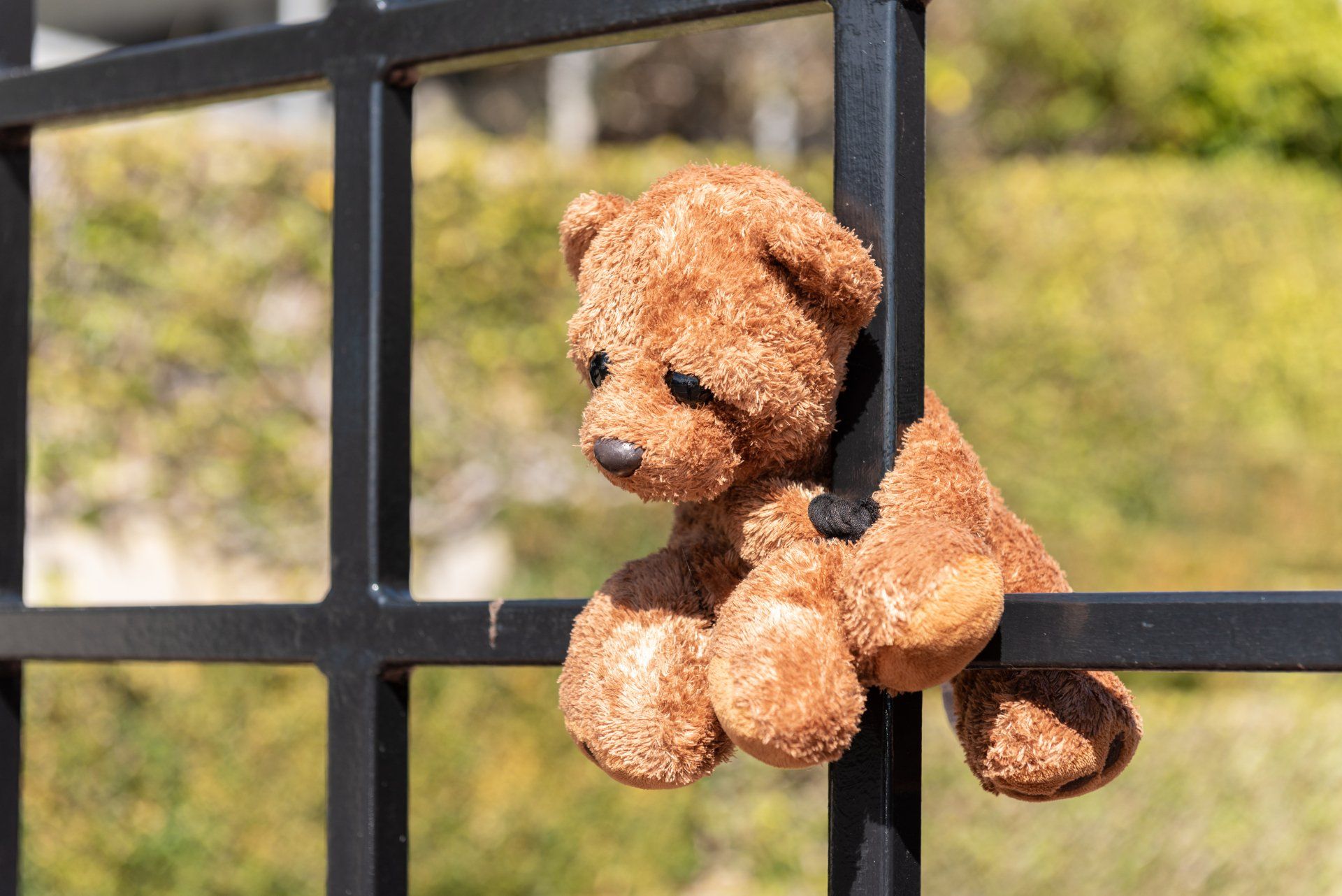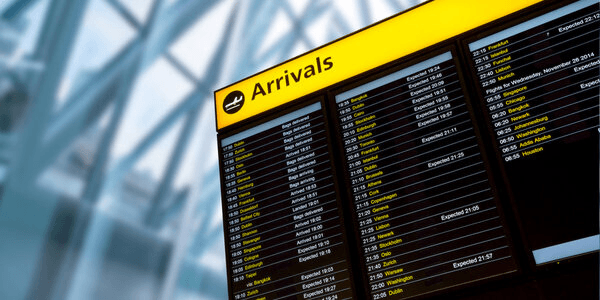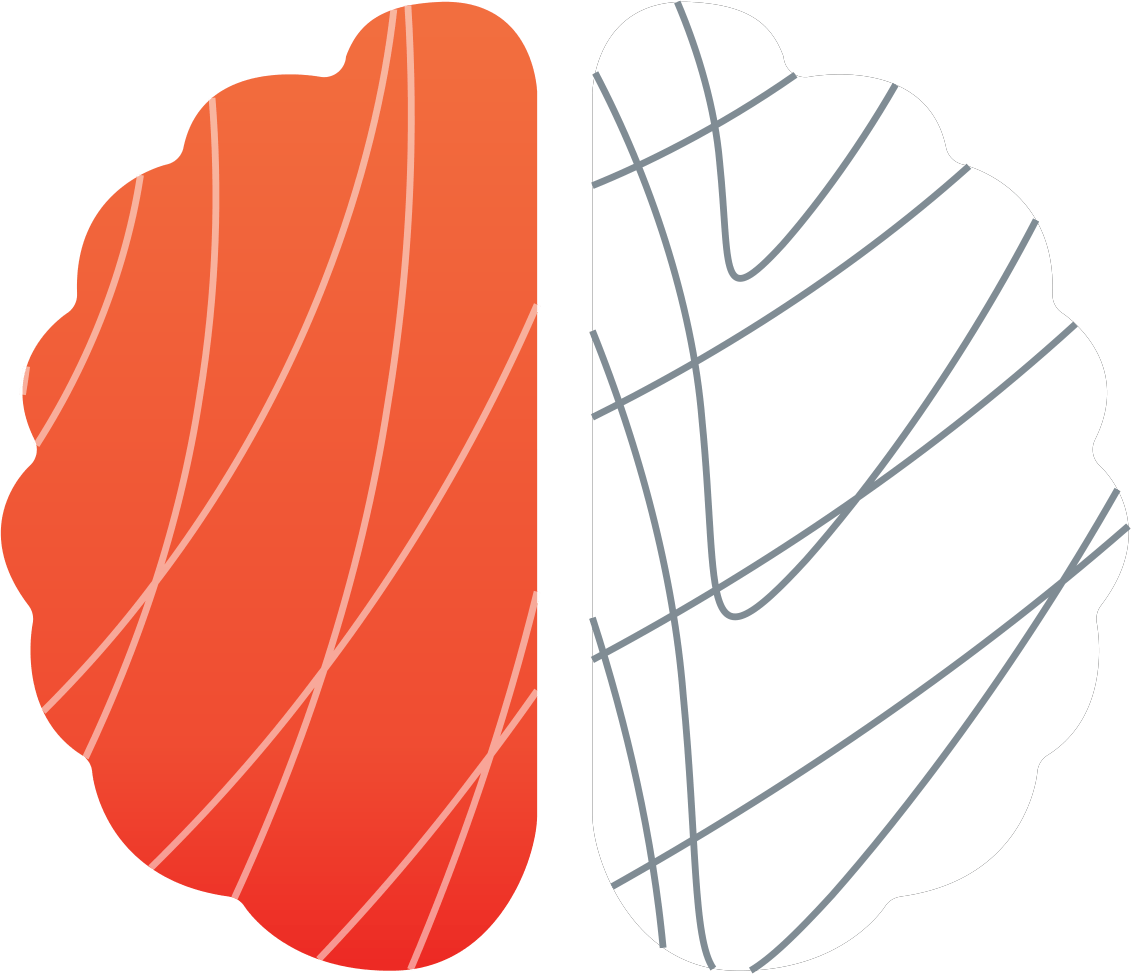Lockdown round 2: How has the country responded?
After 102 days of being free from COVID-19, a new cluster of cases sprang up in New Zealand, centered around the Americold cold storage facility in Auckland.
As a result, on Wednesday 12th August the government moved Auckland into Alert Level 3, with the rest of the country moving into Alert Level 2. This moves a third of the population into isolation restrictions, with the accompanying social and economic risks, aiming to bring COVID-19 back under control, and ultimately eliminate it from the community again.
But how have New Zealanders responded to this news, and do we feel confident that we can once again eliminate it from our shores?

The return of COVID-19 wasn't a surprise
While the news that cases had broken out again were still a shock, the news that it had re-entered the country wasn’t a surprise. Recent data provided this week by The 2020 Vision Project’s survey partner, Dynata, found that only 5% believed that COVID-19 was unlikely to ever return, and only 12% said they were very surprised by the news. For everyone else, there was some belief that COVID-19 was likely to reappear.
In fact, when we interviewed our panelists at the end of June, soon after we emerged from the initial Lockdown, most commented on the fact that this would likely occur again. With the virus moving its way through the global population, they were aware that the possibility of it slipping through the border again was quite high. This is summed up by one person, who said:
"We're the safest country in the world right now. I just hope we didn't celebrate too early."
What was interesting to us, was how realistic (if not accepting) people were of the risks of reoccurrence. They seemed aware that all it took was one person to make a mistake for it to break out again.
We've done it once, we're confident we can do it again
But now that it’s returned, do we believe we can get rid of it again? The consensus is overwhelmingly yes, with 73% of people from the same Dynata survey believing that we can eliminate it again.
Why? Our interviews with participants back under Level 1 point to two answers: the way the country banded together, and the trust in the government’s response. As another person stated: “I think the potential for it to hit again is a possibility. However, I do have confidence in the structures that [the government] have put in place”.
Language and communication have been key to this. Exhortations to join the ‘team of five million’ and ‘unite against COVID-19’ did an excellent job of rousing our community spirit and sense of togetherness, while casting the deadly virus as an enemy to be defeated has done wonders for garnering support for the elimination strategy. This clever use of war-time rhetoric has banded the nation together in pursuit of this goal. At the same time, positioning the virus as ‘tricky’ and warning us to remain ‘vigilant’, has also helped to manage expectations, and cushion reaction to any setbacks such as the recent outbreak.
On top of this, the calm and authoritative communication provided by Dr Bloomfield throughout this pandemic has provided reassurance for an anxious public, so much so that the daily press conference became appointment viewing during Lockdown. Dr Bloomfield, and his engaging style, has generated huge trust amongst Kiwis, to the point where the odd mistake is usually quickly forgiven.
This is an key point, and one that all political parties, and equally, organisations in the commercial and public sphere should bear in mind – the importance of maintaining trust. Our participants all discussed the struggles of Lockdown, and their personal fears around COVID-19; but equally they knew what was expected of them, and that hard decisions were being made on their behalf for their benefit.
As many organisations deal with some difficult decisions such as staff layoffs and store closures they should ask themselves – are we presenting these issues to workers and customers in a way that will maintain trust?
What happens if we have future outbreaks?
The possibility that New Zealand may periodically have to move in and out of various stages of Lockdown has received quite a bit of discussion recently. While people such as Sir Peter Gluckman and Helen Clark have questioned whether we can “afford to wait out another year, two years, or even more in almost total physical isolation”, others, such as Siouxsie Wiles and Shamubeel Eaqub have made the case that it’s the best of all the bad choices.
That division in opinion sits within the wider population as well, as people try to make sense of such a unique situation. Amongst those we spoke to, some commented on the prime importance of human life (”it’s sacrificing grandma to save the economy”), whereas others were concerned about the long-term impact on jobs and livelihoods (”If the economy doesn’t get going again they you have a bit of a downward spiral of all services”).
How will New Zealanders react in the instance of future outbreaks and possibly more Lockdown restrictions?
One aspect that may drive people’s response to this issue, is our human need for social contact, and not just via Zoom calls and Facetime. We heard a number of comments during Lockdown such as “what’s been hard is not being able to catch up with friends for coffee on the weekend, or seeing my bothers”, that spoke to how hard people found being separated from friends and loved ones.
In fact, data from Dynata found that people were as concerned about being separated from family and friends (41%) as they were about catching COVID-19 (43%). This was a much greater concern than losing their job or income (26%).
We believe that this may prove to be the real challenge for managing further waves of COVID-19, the ability to manage a very human need for connection, while keeping people apart to prevent further spread of the virus.
This article was first published as part of The 2020 Vision Project on 28 August 2020.



